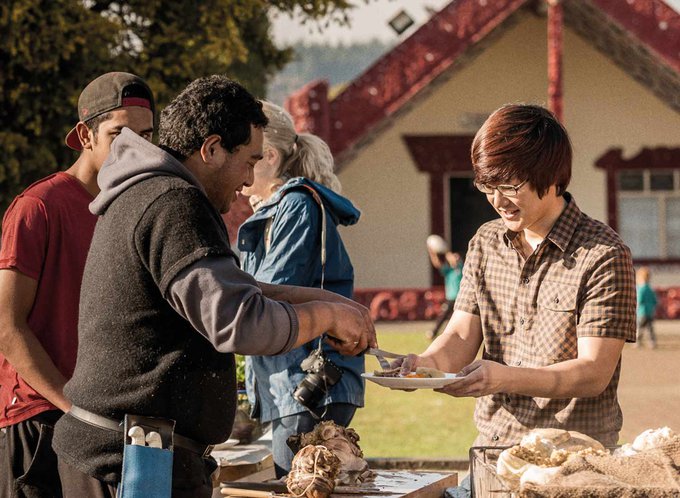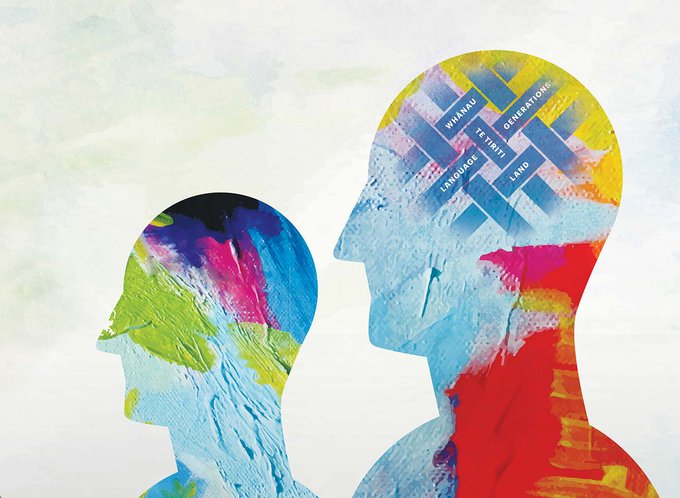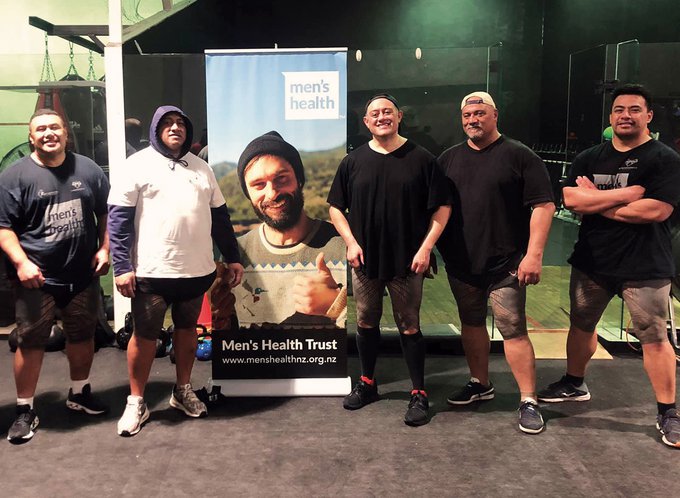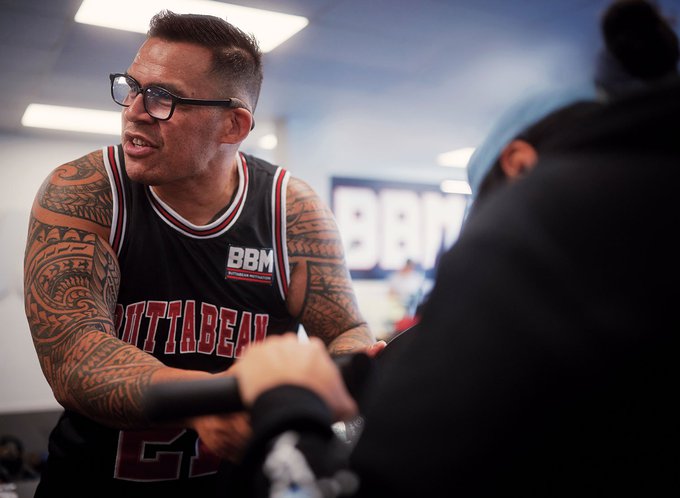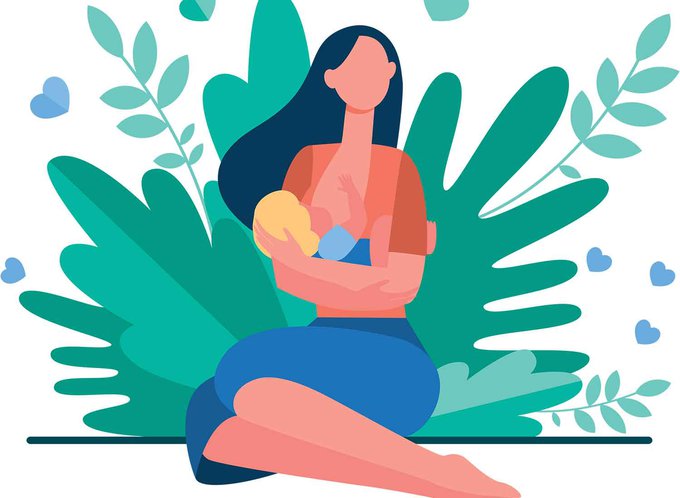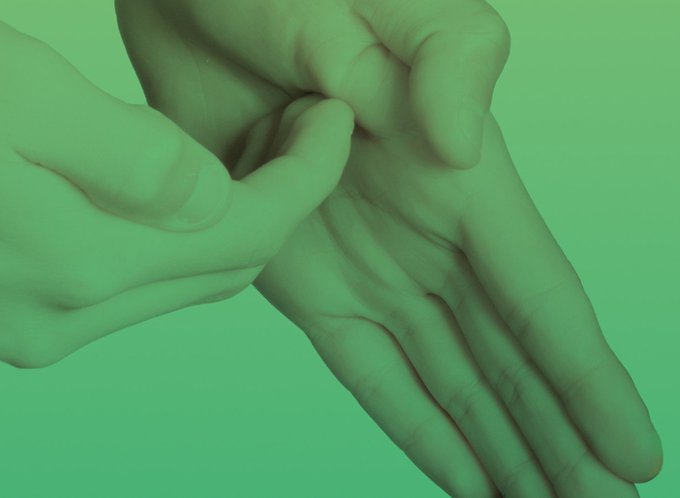Could weaving together mātauranga Māori (Māori knowledge) with science help communities in Aotearoa face climate change?
By Colleen Maria Lenihan
(Te Rarawa, Ngāpuhi, Pākehā)
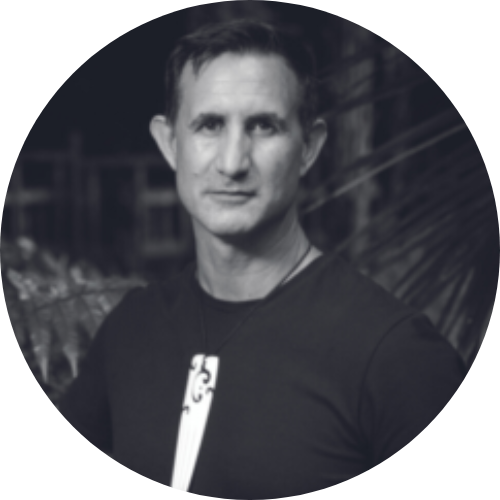 Dr Daniel Hikuroa’s (Ngāti Maniapoto, Waikato-Tainui, Pākehā) love of science was cemented as a child. Growing up in Auckland, away from his ancestral lands in Waikato, he was always keenly curious about nature.
Dr Daniel Hikuroa’s (Ngāti Maniapoto, Waikato-Tainui, Pākehā) love of science was cemented as a child. Growing up in Auckland, away from his ancestral lands in Waikato, he was always keenly curious about nature.
“I always wanted to know ‘what’s this, what’s that, how come?’ Peering into rockpools, tutu-ing around the bush, ‘what’s that tree?’ That was the intrinsic aspect. I think the scientist was always in me,” he says. “I’d argue that the scientist is in everyone.”
His interest in the natural world was nurtured by supportive parents. Mum Evelyn was a primary school teacher, dad Selwyn a plumbing and gasfitting tutor.
His father took night classes in geology, and a young Dan accompanied him on field trips. Finding fossils of a shark’s tooth and giant oysters in an old coal mine sparked Dan’s desire to later embark on a science degree, majoring in geology.
Connecting with his taha Māori
Growing up in an urban environment away from his marae and as a child of parents from a generation who weren’t taught te reo Māori, Dan didn’t begin to explore his taha Māori (Māori side) until he studied under Professor Ranginui Walker and Professor Mike Walker at the University of Auckland.
Learning New Zealand’s true history and the devastating impact of colonisation on Māori made Dan realise how conflicted he was about his identity.
“I grew up feeling Pākehā but knowing that I was Pākehā and Māori,” he says. “And to be clear, that’s not a critique, I’m not hōhā (annoyed) about that. That’s how it was.”
“But what did upset me was that I associated being Māori with being second rate, with being more likely to be naughty and disruptive. Society anticipated I would do well on the sports field, but there was no expectation that I would do well academically. No one ever sits you down and tells you that, but those are the cues you get.”
It was at university that Dan first encountered the concepts of mātauranga Māori and kaitiakitanga (guardianship of natural resources) and tikanga, ancestral practices that inform his scientific research within the communities he serves today.
“One of the mechanisms of kaitiakitanga we see in practice today is rāhui. If kaimoana beds become depleted, the mauri (life force) is negatively impacted and they become tapu. The rāhui is the temporary restriction on gathering kaimoana from that particular place. As the bed recovers, so does the mauri and the tapu goes back to being noa (unrestricted), so you can start harvesting again,” he says. “Kaitiakitanga is about intergenerational sustainability. You aim to be a good ancestor.”
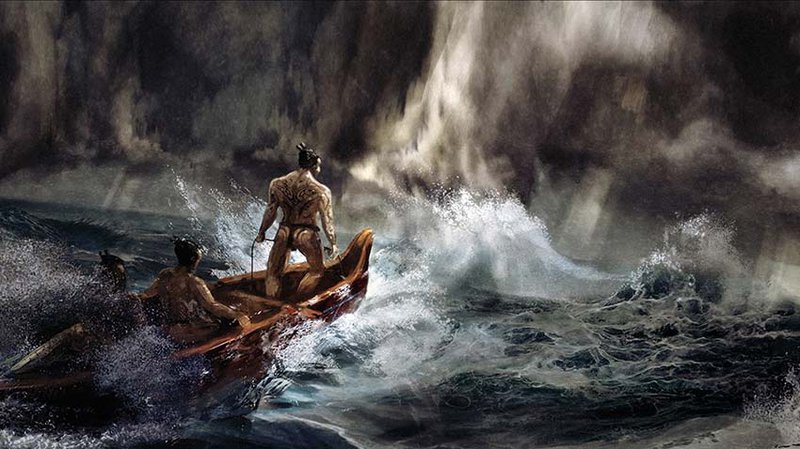
Drawing parallels
Dan first drew parallels between mātauranga Māori and science while lecturing at the Bachelor of Environmental Studies programme at Te Whare Wānanga o Awanuiārangi in Whakatāne.
“I was teaching at the University of Auckland at the same time. The difference between those two environments was that I was encouraged to include mātauranga Māori while I was at Awanuiārangi,” he says.
“At first, I thought ‘gosh that’s wonderful, but I don’t really know what that looks like’. What I began to realise is that we have an incredibly rich knowledge base that talks about things a geologist is interested in: volcanoes, tsunami, landslides, landscapes, the outline of the land.
“A geologist sees these things and interprets them to understand what’s happening in the world, just like Māori did. Pūrākau, or knowledge shared through stories and myths, are actually codifications of observations about landscapes and natural phenomena.”
He started to imagine pūrākau as conclusions in scientific articles.
An example is one that most New Zealanders know: Māui fishing up Te Ika-a-Māui, the North Island. Dan always thought it was a fantastic story, but the scientist in him knew it was technically impossible.
“All scientific articles broadly start off with ‘what did you observe?’ And then ‘what did you interpret? What were the connections you made between these observations?’ If we take the Māui story as a conclusion, can we work backwards to see what those observations were?”
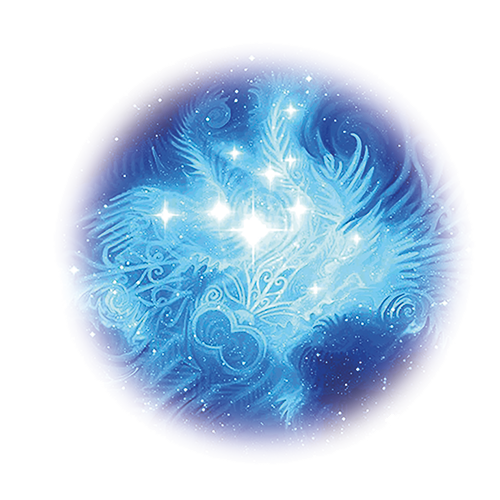 He says Māori knew the outline of the North Island was broadly in the shape of a ray through navigation using the stars.
He says Māori knew the outline of the North Island was broadly in the shape of a ray through navigation using the stars.
“So that’s one observation. Another is that, in the central North Island there are two dominant rock groups – volcanic and the slightly older sedimentary rocks. There are many layers of sedimentary strata that are chock-full of marine fossils. We had an outline of an island that is reminiscent of a fish, we made an observation of land that was once under the sea.
“There are only two logical explanations – either the land was pulled up, or the ocean has receded.”
According to legend, Māui used the jawbone of his ancestor to pull the fish up. Māui also has another hook in the sky – Te Matau-a-Māui, known by others as Scorpius.
“When you travel by canoe from Hawaiki, you would use the stars to guide you. As you got closer to Aotearoa, you would lock on to Te Matau-a-Māui in the skies.
“At first, you would see the shank, and as you get closer, you see the hook. As you sail closer and closer to land, it appears to pull the North Island out of the ocean. These three observations are what led to this pūrākau.”
Where mātauranga Māori differs from science is how conclusions are made. However, Dan says, like science, it is based on close and detailed observation of the world around us.
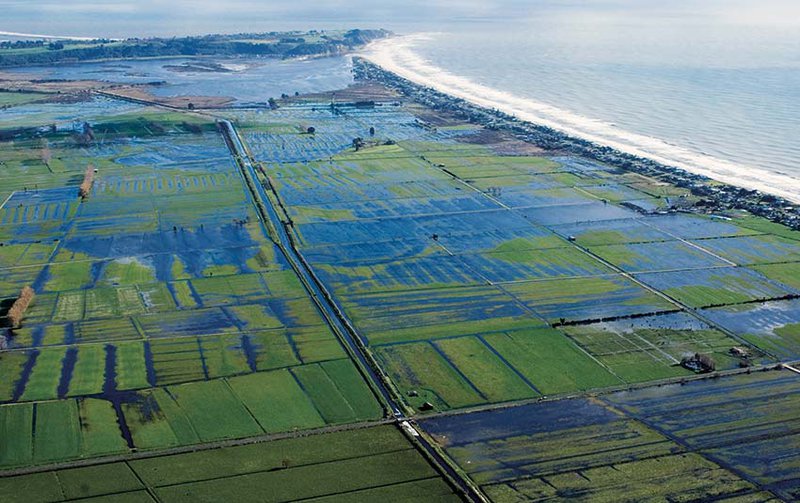
Interpreting signals
“Mātauranga Māori is a knowledge system based on hundreds of years of very close observation of the taiao (the natural world), of creating frameworks to bring that information together, for example, the maramataka (Māori lunar calendar),” Dan says.
“It can show us the places where we might anticipate the impacts of climate change to be most keenly felt, recognising that the sea is rising and in some places the land is sinking.”
As many coastal areas are threatened by these rising sea levels, mātauranga could help identify places that are at highest risk.
Dan says tohu (signs) in nature can serve as warning systems.
“Stories often refer to times when rivers are in flood. Rocks and boulders would come tumbling down the river, so you hear a taniwha. And that was your tohu that the taniwha was active, so you stayed away from that river.”
Dan is a firm believer in the power of storytelling to help people understand complex concepts. He says that, while pūrākau are a poetic way of describing nature, they are also an effective disaster risk reduction mechanism.
In a recent report for the New Zealand Coastal Society, Dan describes a taniwha in Matatā in the form of a ngārara (lizard) that lives in the Waitepuru Stream. Debris flow and flooding cause the lower part of the stream to burst its banks and form new channels, moving back and forth over centuries – like a lizard flicking its tail.
During an extreme weather event in 2005, debris flows washed out roads, severely affecting almost a hundred homes and causing tens of millions of dollars of damage. However, marae in the area were unscathed. This is because of a pūrākau that warns beware the flicking tail of the ngārara, which had guided decisions on where to build marae, says Dan.
“Where do we have taniwha manifested as landslides, flooding rivers or coastal hazards? There are numerous taniwha pūrākau pertaining to harbour mouths. With climate change, with increased energy in the ocean, with rises in sea level, we would anticipate taniwha to become more active.”
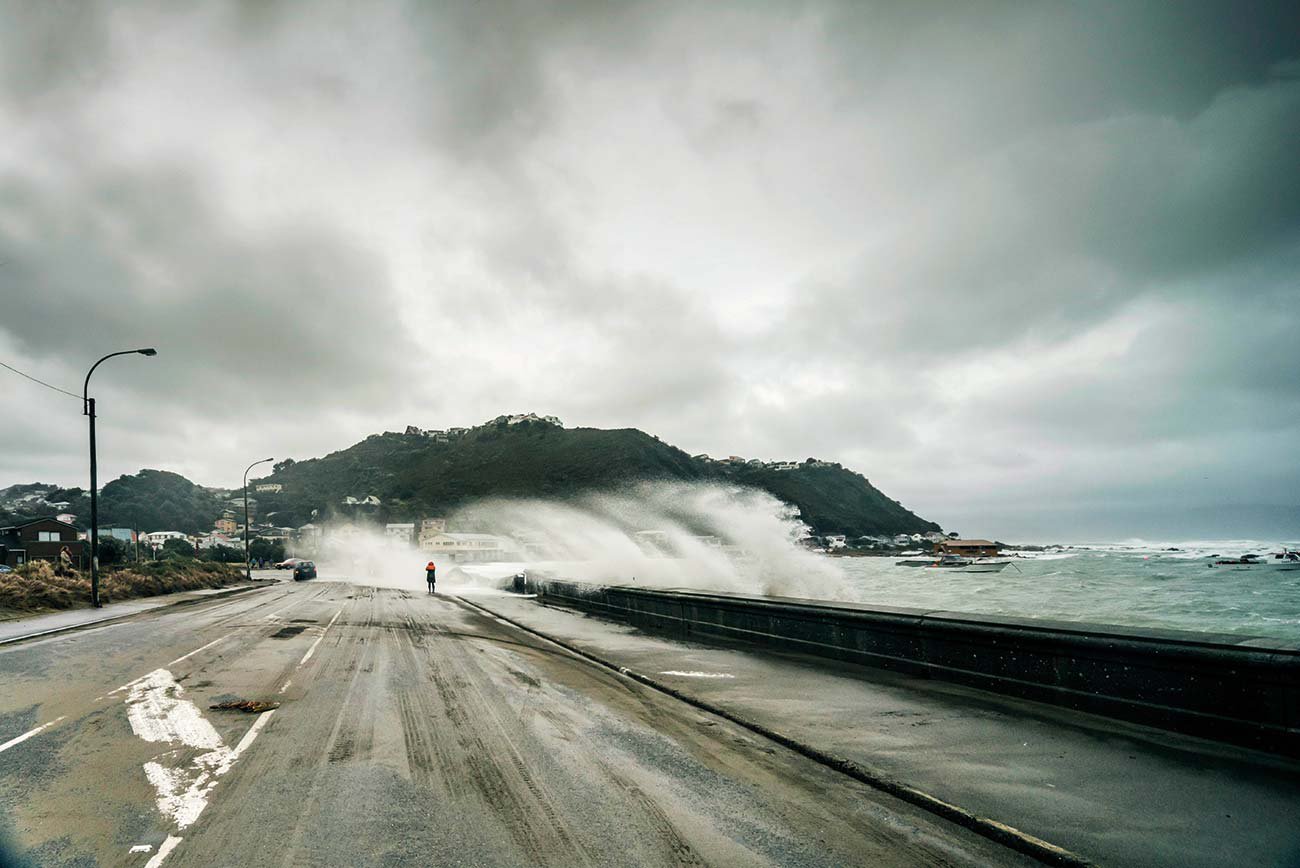
Storm on Wellington south coast. Credit: Dave Allen, NIWA
Weaving together world views
When Dan teaches science, he reminds his students they are trained to believe that they are the agents of knowledge.
“As scientists, we find something, then we announce it, and we are credited as the creators of that knowledge. A Māori view is that the knowledge is out there already, and when you get to increased stages of knowing, understanding and connecting, the knowledge will reveal itself to you.
“It’s not that we don’t need to be prepared and bring rigour, observation skills and our scientific training. Absolutely, we need those. But maybe we need to step back from seeing ourselves as the agents of the knowledge to being the conduit through which knowledge can be shared with others.”
Mātauranga Māori and science both offer insights, says Dan. “When we can genuinely weave these different ways of being and knowing together, that’s when we might start seeing things differently and some amazing new things that might seem impossible for us right now may happen.
“That’s when magic may occur.”
Know someone who might enjoy this?
Read this next
-
March 2021
Manaakitanga – more than just hospitality
-
November 2021
Transforming men's health
-
March 2022
Motivating – the Buttabean way
Greater good
See all-
March 2021
Candles for a cause
-
March 2021
Helping Kiwi babies thrive
-
March 2021
Creating a Deaf-inclusive Aotearoa
